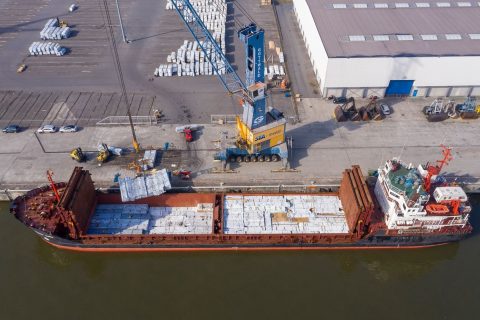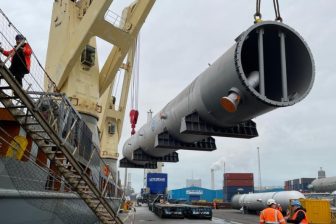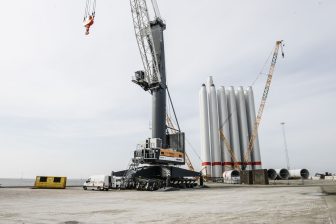
North Sea Port breakbulk volumes slip in H1
North Sea Port reported a drop in breakbulk transhipment volumes during the first half of the year that actually showed signs of partial recovery.
Breakbulk transhipment amounted to 4.6 million tonnes, a drop of 7.7 percent, North Sea Port noted in its statement.
The drop was caused mainly by a decrease in the number of iron and steel semi-manufactures and in the number of machines.
Signs of partial recovery
North Sea Port recorded transhipment figures for seaborne cargo of 34 million tonnes in the first six months of 2021. This 5.1 percent increase represents a partial recovery, the port’s statement reads.
The increase meant the port handled 1.6 million tonnes more seaborne transhipment cargo in the first six months of this year compared to the same period in the ‘coronavirus year’ 2020.
Whereas last year the transhipment figures for the first half of the year were severely impacted by the pandemic, this year the port is seeing a partial recovery for the same period.
If this trend continues, half of last year’s losses will be recouped this year, before hopefully returning to the level of record year 2019 by the end of 2022, the statement reads.
Transhipment of dry bulk rose by 9.6 percent to 17.8 million tonnes, thanks to the growth in scrap metal, natural fertilisers, gypsum and cement.
The transhipment of trucks and trailers – Ro-Ro – bounced back strongly with an increase of 39 percent to 1.7 million tonnes. Liquid bulk stayed at a similar level, at 8.7 million tonnes.
Container transhipment saw a slight fall (4.8 percent), totalling 1.2 million tonnes.
North Sea Port inland shipping edges up
For inland navigation, North Sea Port recorded a transhipment volume of 29 million tonnes in the first half of the year. This is an increase of 1.9 percent (535,000 tonnes) compared to 2020.
You just read one of our premium articles free of charge
Register now to keep reading premium articles.




